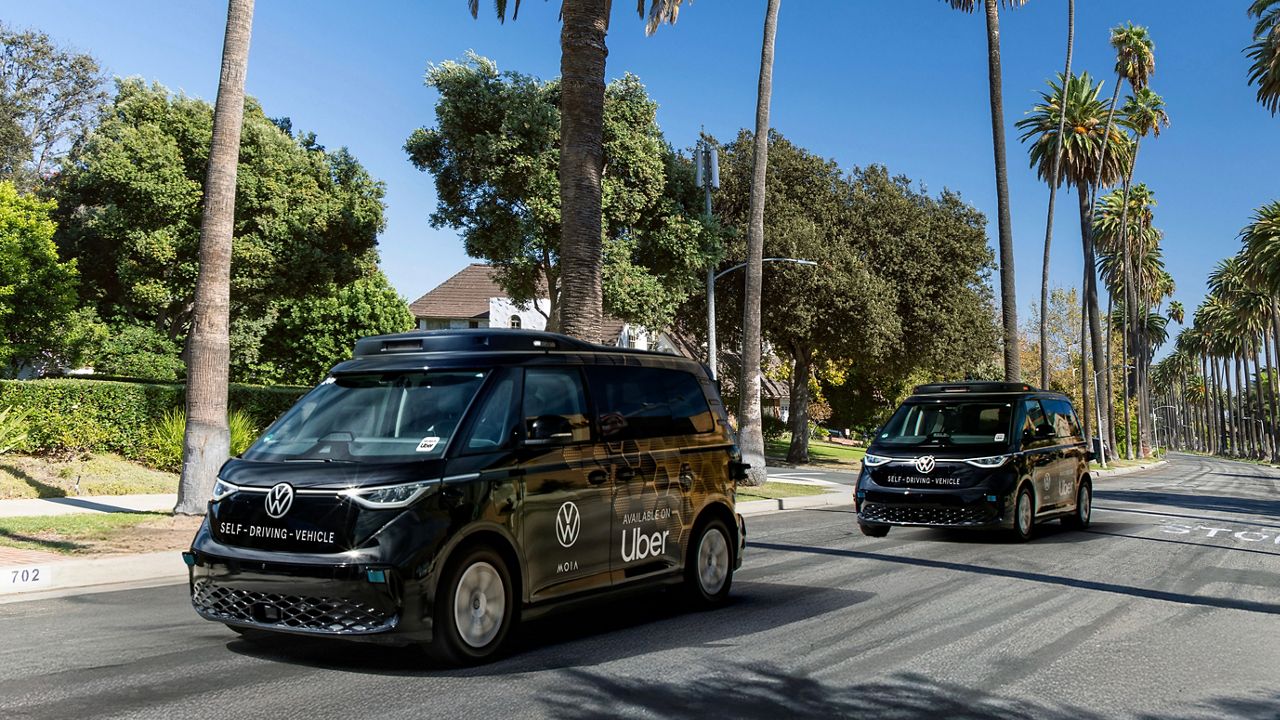SAN DIEGO — A research group is on a mission to use technology to help the blind navigate buildings on their own.
Ron Peterson lost his eyesight to glaucoma several years ago. Now, he’s using his background in science and engineering to help a research group at the University of San Diego demonstrate an app that works like GPS for the blind.
The group has outfitted one of USD’s buildings with beacons that communicate with the smartphone app RightHear, which helps visually impaired people navigate the space around them. It works like a GPS for the blind, helping guide them around the building, and giving them information about their surroundings. The university partnered with RightHear to test the beacons and app in their building.
“We hope this will be the beginning of improved accessibility for the blind in San Diego County, that’s what this is really about,” Peterson said.
The Centers for Disease Control estimates there were approximately 1 million people who were blind in the United States in 2017, and a Vision Atlas report predicts vision loss to double by 2050.
Mark Fletcher is also volunteering to help with the project. He lost his vision over time due to retinitis pigmentosa, a hereditary and progressive eye disease. He says the white cane helps with avoiding obstacles, but not navigation, and entering new spaces can feel like being lost in a dark cave. He says this new technology will help other blind people find their footing.
“When you walk into a building like this or any other building that you know and you have something like this, it’s like a voice in the dark," Fletcher said. "It’s like you walk in and all of a sudden you have something telling you what’s around you.”
Odesma Dalrymple is a professor of industrial and systems engineering. She has been working with students and community partners like Peterson and Fletcher on the project hoping to expand to other parts of San Diego to reach communities in need.
“I’m less invested in a specific solution. I honestly feel that we need plurality, we need many solutions," Dalrymple said. "And so for me part of this is to begin to sort of ignite others to say ‘wait a minute, this is a space in which there are needs.' And so I think part of what we’re trying to do is also begin to see where there are still gaps and then where can we sort of promote further innovation in this space.”
Peterson says he finds immense joy in helping to create more options for the blind and visually impaired.
“I am happier now as a blind person developing assistive technology for the blind, I’m happier now than I was at any point in my career," he said. "It’s a win-win for everyone.”
The group is hoping to expand the navigation system to other buildings in San Diego that can help the blind navigate daily tasks better, such as installing them in places like the grocery store, shopping centers and movie theaters.













